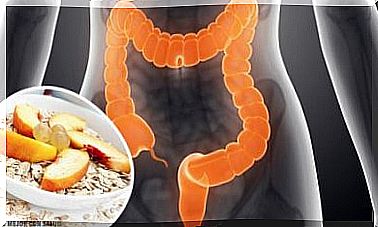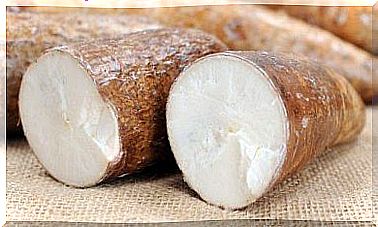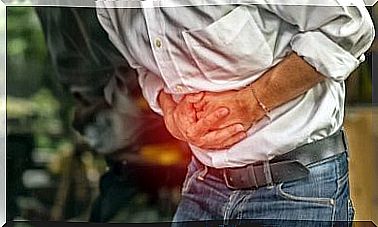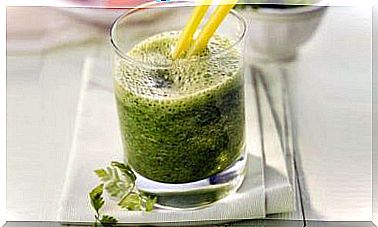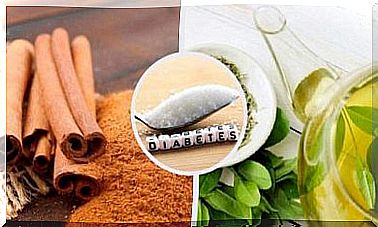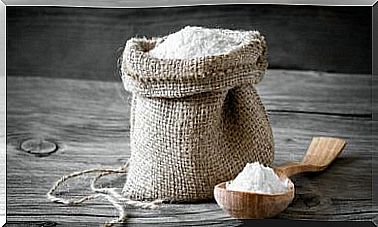Kitchen Sponges – Hidden Dangers
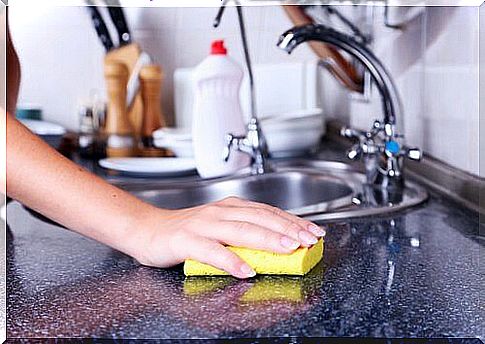
Kitchen sponges are one of the most popular utensils when it comes to cleaning dishes and surfaces. But if not used correctly, kitchen sponges can turn from reliable allies into health hazards.
The purpose of kitchen sponges is to remove food residue from dirty dishes. During dishwashing, a significant amount of food is absorbed by the sponges and, combined with the humidity in the environment, this factor creates an environment conducive to the growth of bacteria, especially if the sponge is not well dried.
Bacteria such as E.coli, Staphylococcus aureus and Salmonella can survive in sponges for hours or even days after first contact. For this reason, it is advisable to disinfect these utensils frequently. Ordinary dishwashing detergent is not enough for this purpose.
Kitchen sponges could be the dirtiest objects in your home
According to Dr. Philip Tierno, a professor of microbiology and clinical pathology at New York University, “the dirtiest object in your home is not a toilet seat or trash can, but a small sponge that you use to wash dishes.”
Kitchen sponges have small holes that make it easier to remove residue, but which retain dirt and microorganisms.
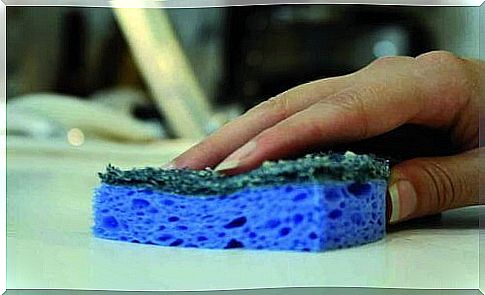
Food residues absorbed by the sponge can survive for a long time if this object is not properly disinfected. If the sponge stays moist, new bacteria will proliferate inside it every 20 minutes.
You may feel that regular dishwashing detergent can disinfect kitchen sponges, but this concept is wrong. This product is not able to completely remove pathogens from inside the sponges (in fact, it cannot even remove all food residues).
To protect your health, it is advisable to disinfect kitchen sponges. Although it may seem a paradox to clean an object whose purpose is precisely cleaning, the truth is that this action is necessary and effective to eliminate microorganisms that can infest kitchen sponges.
How to clean and disinfect kitchen sponges
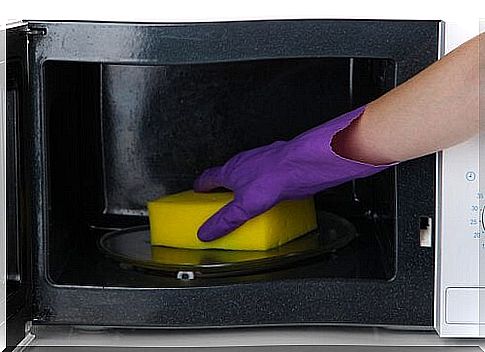
A study conducted in 2007 by the Government’s Agency for Agricultural Research in the United States, determined what is the most effective way to remove pathogens that accumulate in kitchen sponges.
The first thing the researchers did was to soak several sponges in a solution that contained beef at room temperature. This step was necessary for the sponges to be infested with microorganisms.
The next step was to determine the best way to disinfect kitchen sponges. The researchers’ variants were:
- Soak the sponges for three minutes in a solution with 10% bleach
- Soak the sponges for a minute in lemon juice
- Heat the sponges in the microwave for one minute
- Leave the sponges in a dishwasher during the drying cycle
Methods of cleaning kitchen sponges
According to researchers, soaking sponges in bleach or lemon juice reduces their bacterial content by 37-87%. Also, heating the sponges in the microwave oven managed to eliminate 99.9% of the microorganisms from them. The last method (the one with the dishwasher) gave similar results.
To disinfect kitchen sponges with the help of a microwave oven, all you have to do is rinse the sponge with clean water and put it in this device. Heat the sponge to maximum temperature for two minutes, and it will be clean again. In addition, take into account the following tips:
- Clean kitchen sponges after each use.
- Buy two kitchen sponges and use a different one each time you wash the dishes. This way, you will always use a clean sponge.
- After washing the dishes, check the sponge and remove any food residue you notice.
- Allow the sponge to dry after each use to prevent the growth of bacteria.
- If your utensils or dishes are greasy due to animal fat, wipe them first with a disposable napkin before using the sponge.

